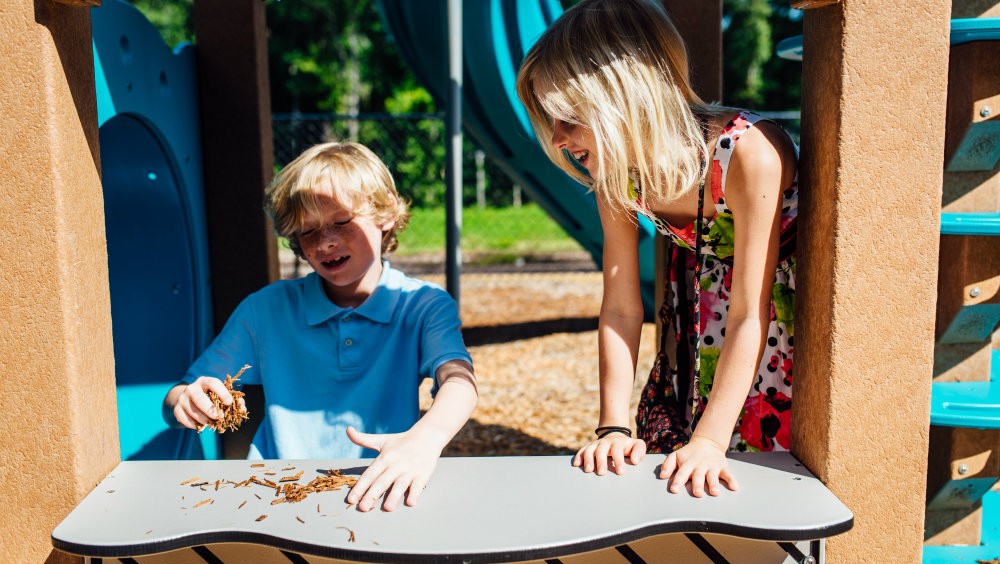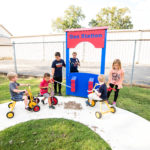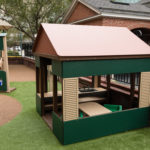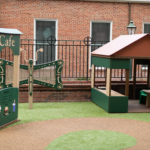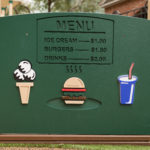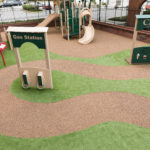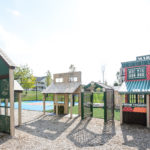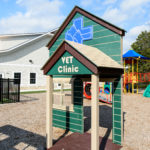Types of Play: Dramatic Play
What is Dramatic Play?
Children learn through play, but it’s important to understand that there are different kinds of play, different stages of play and different reasons for play. Play looks different for toddlers vs school-age children, too.
One type of play is dramatic play. Kids love this kind of play. This is where they can create their own stories and act them out. It is where the pretend world and the real-world meet.
- Pretending helps children develop problem-solving skills. Pretend play enables them to act out different ways for their story to roll out. They question and learn in a way that makes sense to them.
- Engaging in dramatic play that involves more than one person enhances social skills, cooperation, negotiation, sharing, self-regulation and appreciation of others.
- Dramatic play allows children to act out relationships and put themselves in another’s shoes. It allows them to make sense of the adult world by pretending to take on the role of someone else.
- It allows for creative self-expression, creative thinking and the ability to express emotions.
Playgrounds allow for more freedom through active movement – they can be busier, louder and use the natural environment to enhance their play activities.
Help Your Kids Experience the Power of Dramatic Play
MaxPlayFit can help you design a play space to fit your children’s dramatic needs – create a themed area such as a town with a grocery store and gas station or add various props such as play houses, tunnels, tubes and panels that help promote dramatic play.
Call 434-664-8522 or E-mail MaxPlayFit
Resources for You
Learn more about Dramatic Play from Grounds for Play


